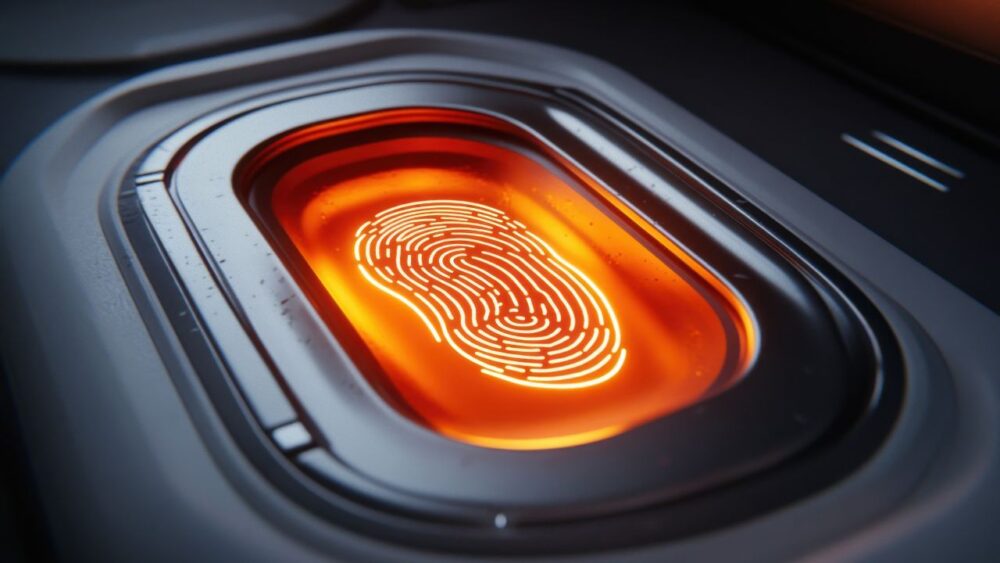American travelers heading to Europe will soon need to provide fingerprint scans and photographs under a new border policy taking effect next month.
France, Italy, Portugal, the United Kingdom, and 25 other nations will begin introducing the Entry/Exit System (EES) on October 12. The rollout is expected to take approximately six months, according to the European Union.
“These European countries will introduce the different elements of the EES in phases, including the collection of biometric data, such as facial image and fingerprints,” the EU stated on its website. “This means that biometric data (facial image and fingerprints) might not be collected at every border crossing point right away, and their personal information may not be registered in the system.”
The EU confirmed that border agents will continue stamping passports. Officials expect the new system to modernize border management and strengthen security. They said the measures aim to combat fraud and terrorism.
The EES will track whether visitors overstay in the Schengen Area, which covers 29 countries that allow free movement, according to Fox News Digital. Travelers with biometric passports can use self-service kiosks. These documents contain a digital chip that stores personal biometric data.
Last week, the U.S. Department of State issued a reminder about the changes. “U.S. citizens traveling to most European countries should expect new automated border checks and to have their biodata digitally collected upon arrival and departure,” the agency posted on X.
The EU said the system includes safeguards for personal data. “The data will only be retained in the EES for as long as necessary and for the purpose(s) for which it was collected,” its website explained.
Officials stressed that travelers who refuse to provide fingerprints or photos will not gain entry.
EU officials emphasized that once active, the system will cover nearly all major entry points.


